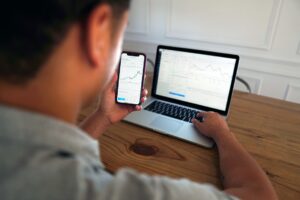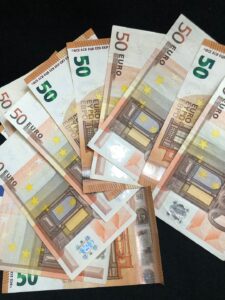Common Mistakes Forex Testers Make and How to Avoid Them
Forex trading is a complex and challenging endeavor that requires patience, skill, and a deep understanding of the market. One of the most effective ways to gain experience and improve your trading skills is by using a forex tester. A forex tester allows traders to practice their strategies and test their trading ideas in a simulated trading environment without risking real money.
However, even though forex testers provide a safe and controlled environment for traders to learn and improve, it is not uncommon for traders to make mistakes during the testing process. These mistakes can hinder their progress and limit the effectiveness of their practice. In this article, we will explore some of the common mistakes forex testers make and provide tips on how to avoid them.
Mistake #1: Lack of Preparation
One of the biggest mistakes forex testers make is jumping into testing without proper preparation. Testing without a clear plan or strategy can lead to inaccurate results and a waste of time. Before starting any testing, it is crucial to define your objectives, set specific testing parameters, and determine the metrics you will use to evaluate your performance.
To avoid this mistake, take the time to outline your goals, identify the variables you want to test, and establish a clear framework for your testing process. By doing so, you will have a roadmap to follow and a better understanding of what you hope to achieve from your testing.
Mistake #2: Failure to Analyze Results
Another common mistake forex testers make is not properly analyzing their test results. It is not enough to simply run a test and record the outcome. Traders need to thoroughly analyze their results to understand the strengths and weaknesses of their strategies and identify areas for improvement.
When analyzing your test results, pay attention to key performance metrics such as profitability, win/loss ratio, drawdown, and risk-reward ratio. Look for patterns and trends that can help you refine your strategy. Additionally, consider the impact of different market conditions on your results to ensure your strategy is robust and adaptable.
Mistake #3: Over-Optimization
Over-optimization, also known as curve fitting, is a common mistake that occurs when traders tweak their strategies excessively to fit historical data perfectly. While it may be tempting to fine-tune your strategy to achieve exceptional past performance, over-optimized strategies often fail to perform well in real-time trading.
To avoid over-optimization, focus on developing a strategy that is based on sound principles and logic rather than chasing past performance. Test your strategy on multiple timeframes and market conditions to ensure its effectiveness. Remember, the goal is to create a strategy that performs consistently well in the long run, not one that simply generates impressive backtest results.
Mistake #4: Ignoring Emotional Factors
One of the major advantages of using a forex tester is the ability to trade without emotions. However, many forex testers fail to take advantage of this benefit and allow emotions to influence their decision-making during testing. Emotions such as fear, greed, and impatience can lead to irrational trading decisions and skew the test results.
To avoid this mistake, approach your testing as if you were trading with real money. Treat each trade as if it were real and stick to your trading plan and strategy. By practicing discipline and emotional control during testing, you will develop good habits that can be transferred to real trading.
Mistake #5: Not Testing Different Scenarios
Forex testers often make the mistake of only testing their strategies under ideal market conditions. While it is important to test under favorable conditions, it is equally crucial to test under different scenarios to assess the robustness of your strategy.
Include scenarios with varying levels of volatility, different timeframes, and different currency pairs in your testing. This will help you identify potential weaknesses and ensure that your strategy can perform well in a wide range of market conditions.
In conclusion, forex testing is an invaluable tool for traders to improve their skills and strategies. However, it is essential to avoid common mistakes that can hinder progress and limit the effectiveness of testing. By properly preparing, analyzing results, avoiding over-optimization, managing emotions, and testing different scenarios, forex testers can make the most out of their testing experience and become better traders.






